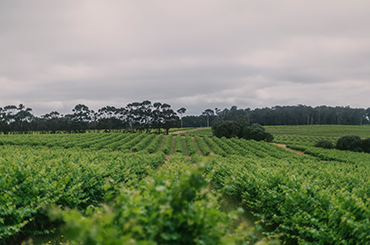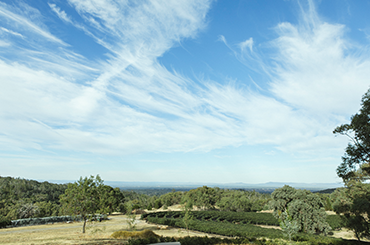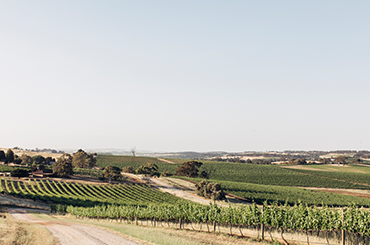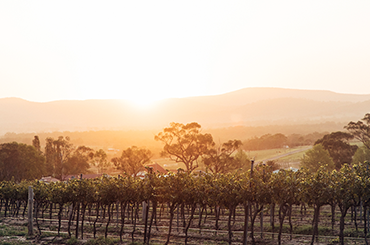The 2022 Tasmania vintage
The 2022 vintage season in East Coast Tasmania was, like most of the country, cool and wet. In the south it was drier, with rain between October and January, but the natural Tasmanian acidity prevailed. In the north consistency meant ripening was optimal.
East Coast Tasmania
East Coast Tasmania experienced its coolest and wettest season in many years with an unusually wet October, January and March proving particularly challenging for viticulturists. "I almost felt like a Hunter Valley winemaker!" exclaimed Claudio Radenti of Freycinet Vineyard. One of the coolest and wettest Octobers in history hampered flowering, and reducing yields by 30–40 per cent. The cool ripening period produced wines of low alcohol, slightly higher acidity and greater elegance.
Southern Tasmania
By contrast, Southern Tasmania enjoyed dry conditions during harvest, with Hobart experiencing its driest February in 64 years. Record October rain impacted flowering, fruit set and consequently moderated yields with wet conditions lingering on until January. Flavour ripeness came at lower baumes and plenty of natural Tasmanian acidity was retained.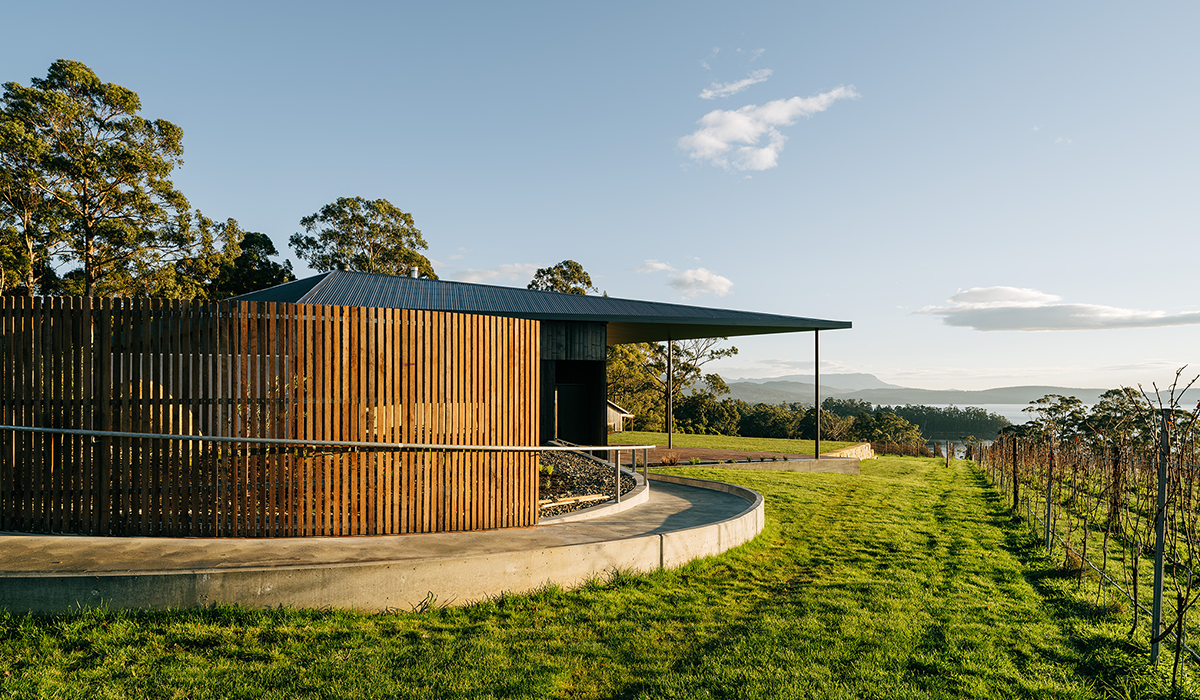
Northern Tasmania
Northern Tasmania likewise dodged the forecast harvest deluge with only two major rain events between veraison and picking. A cool spring moderated yields, while a long spell of warm, sunny weather after Christmas furnished fantastic ripening conditions. "One of the warmest and most consistent periods I’ve experienced in Tasmania," reported Tom Wallace from Tamar Ridge.
Discover more regional insights from the 2022 Australian vintage with the Halliday Vintage Chart.
Top image credit: Wine Australia.




